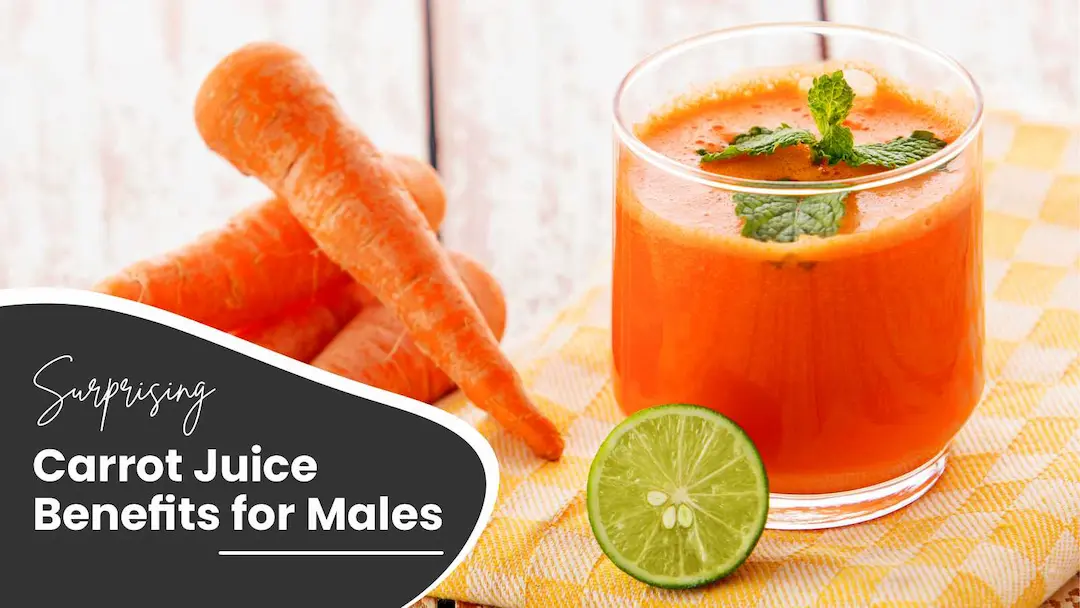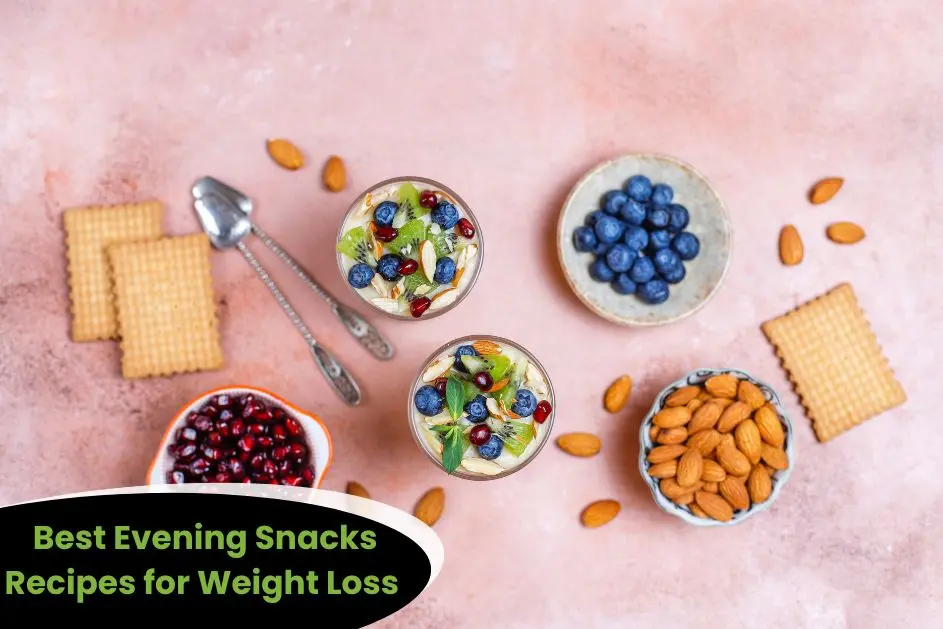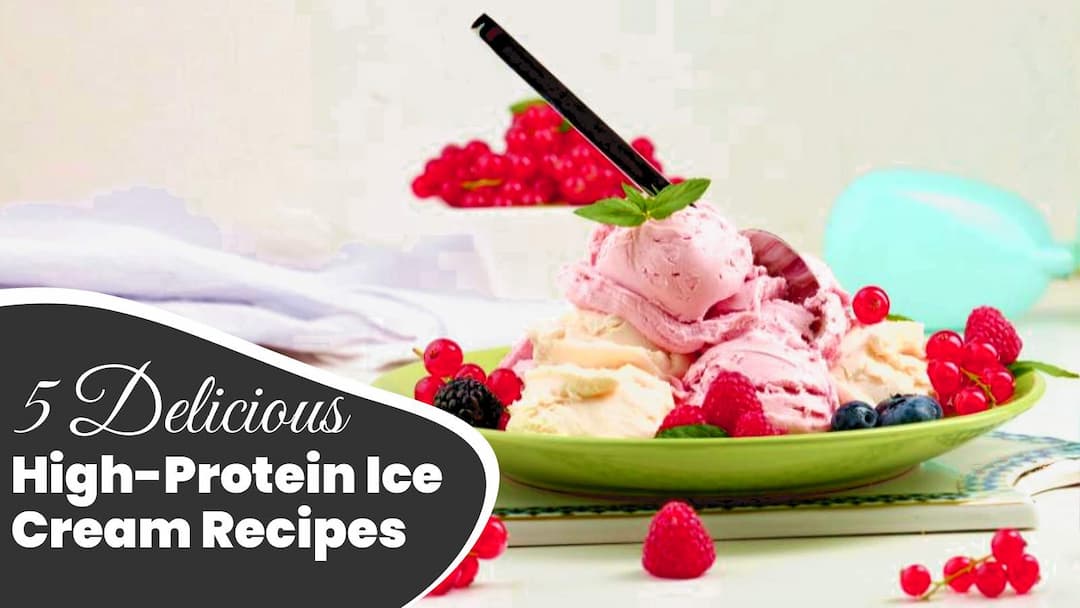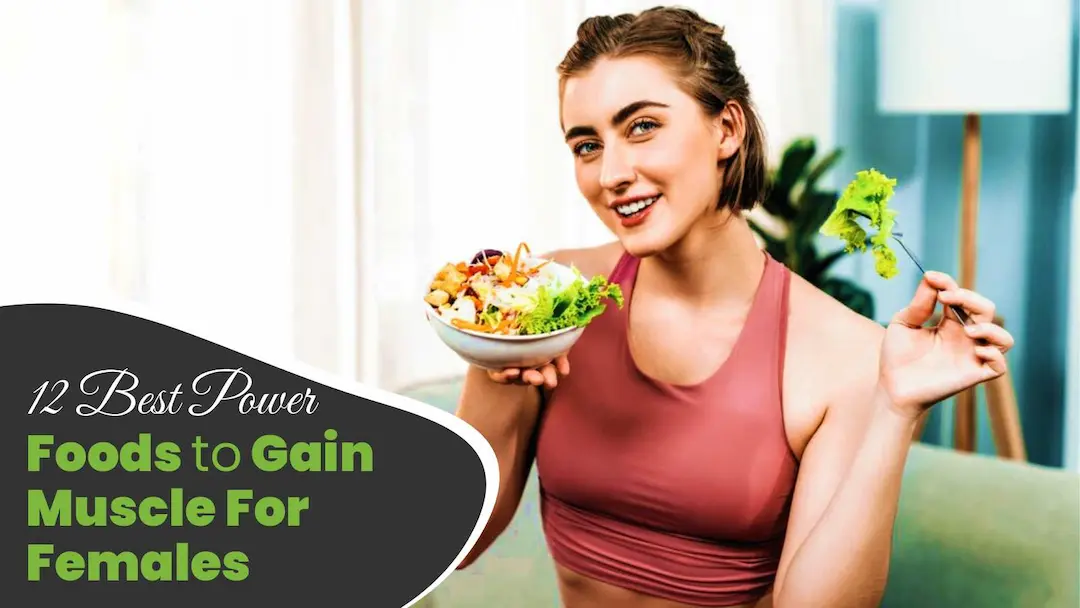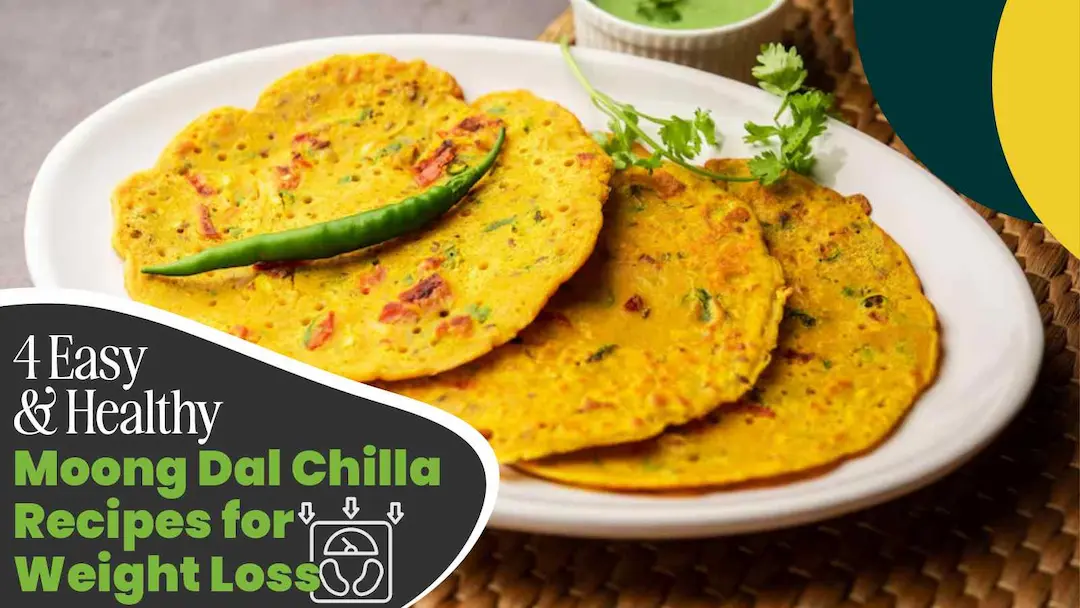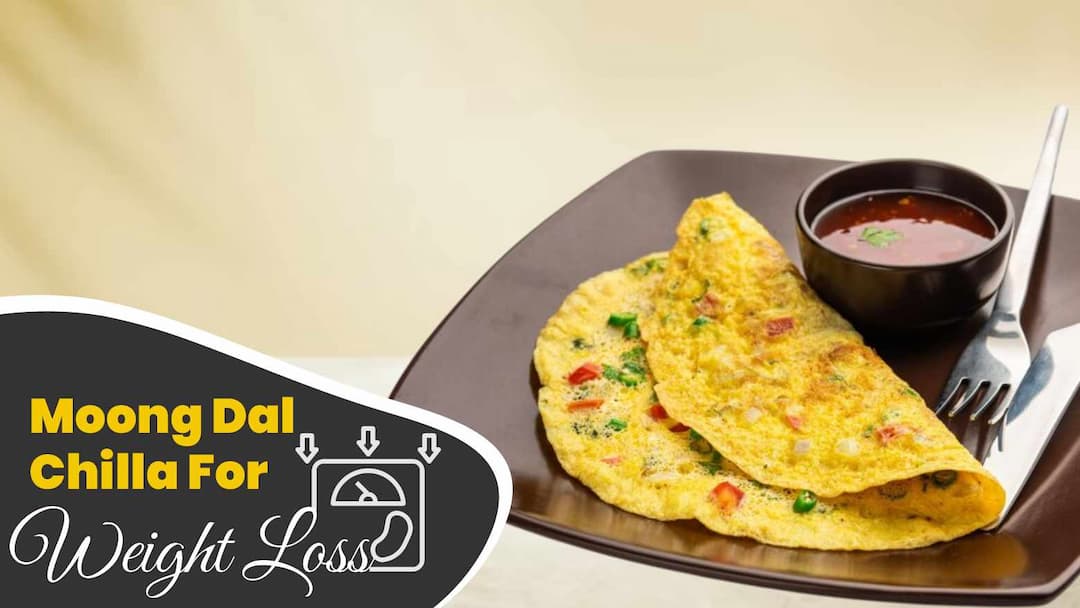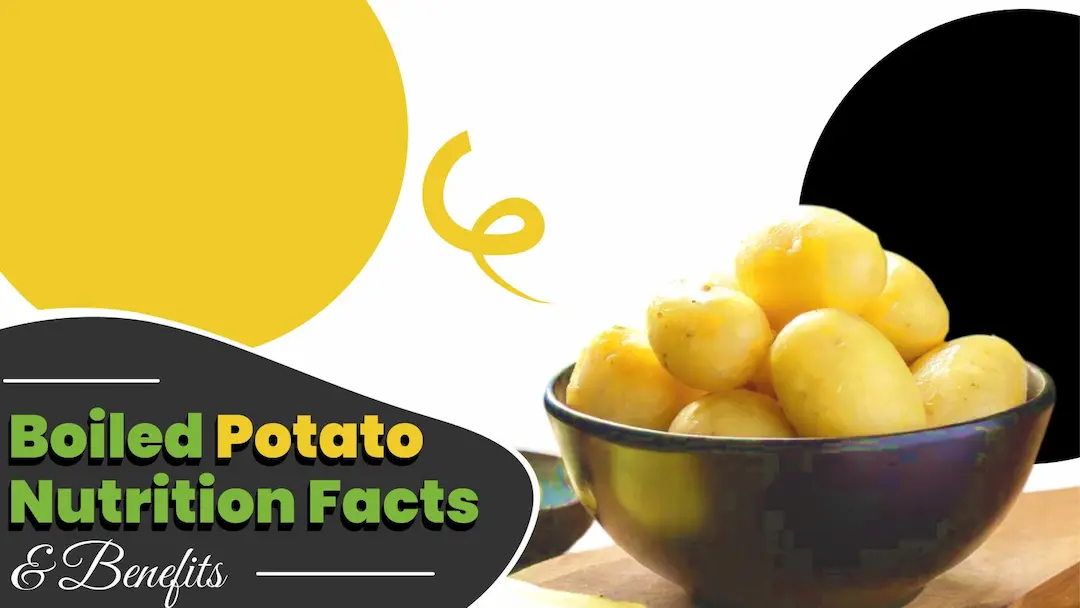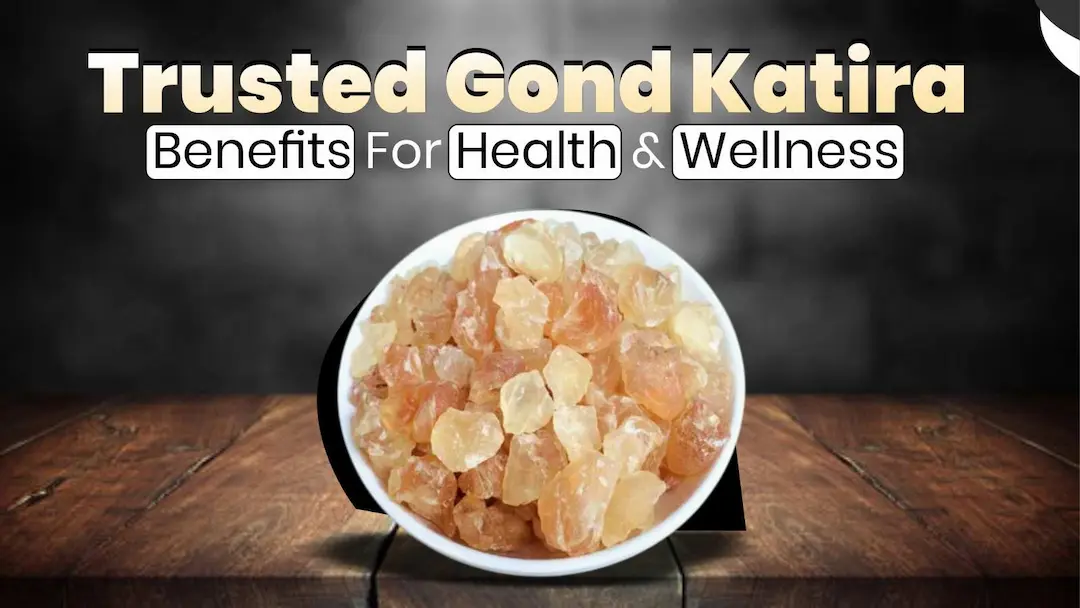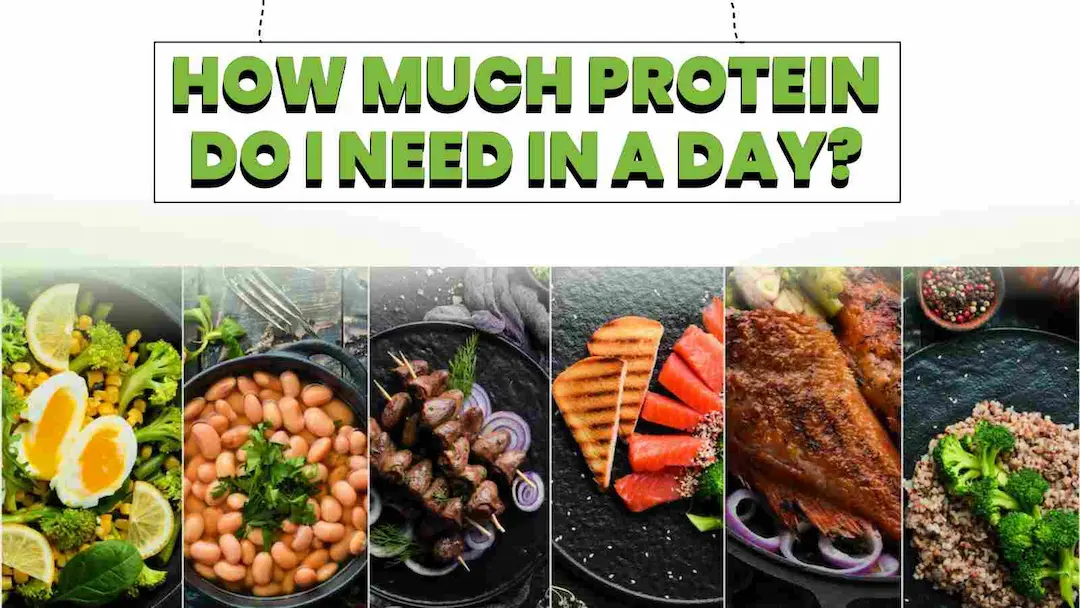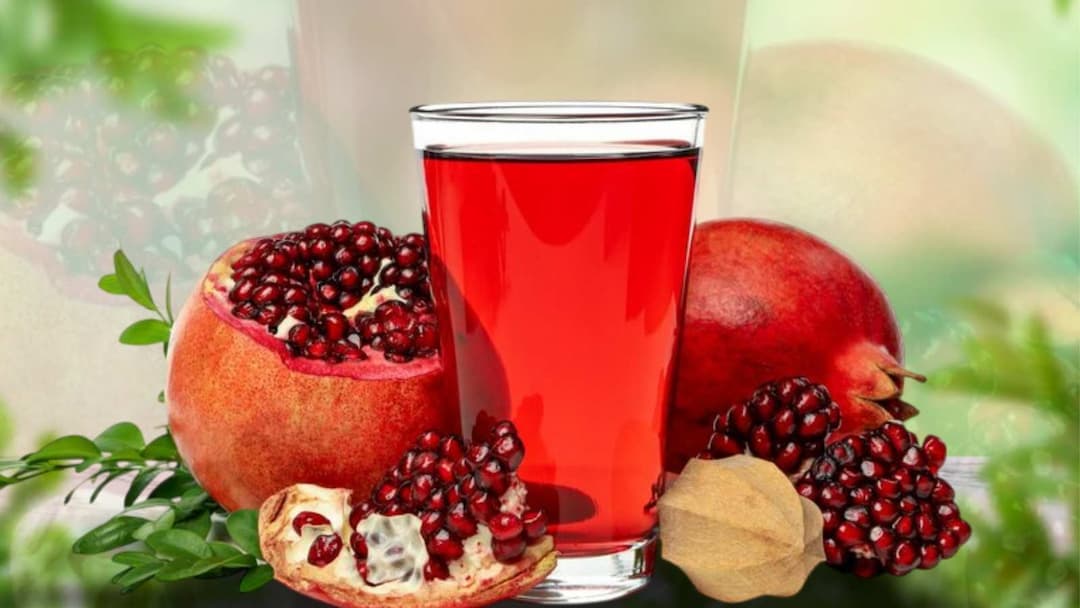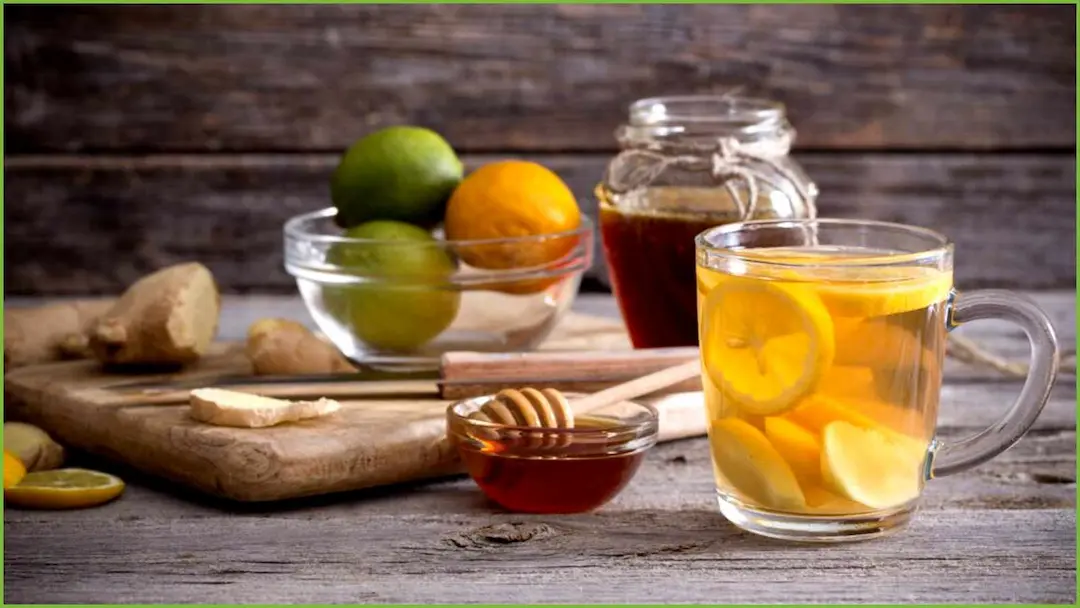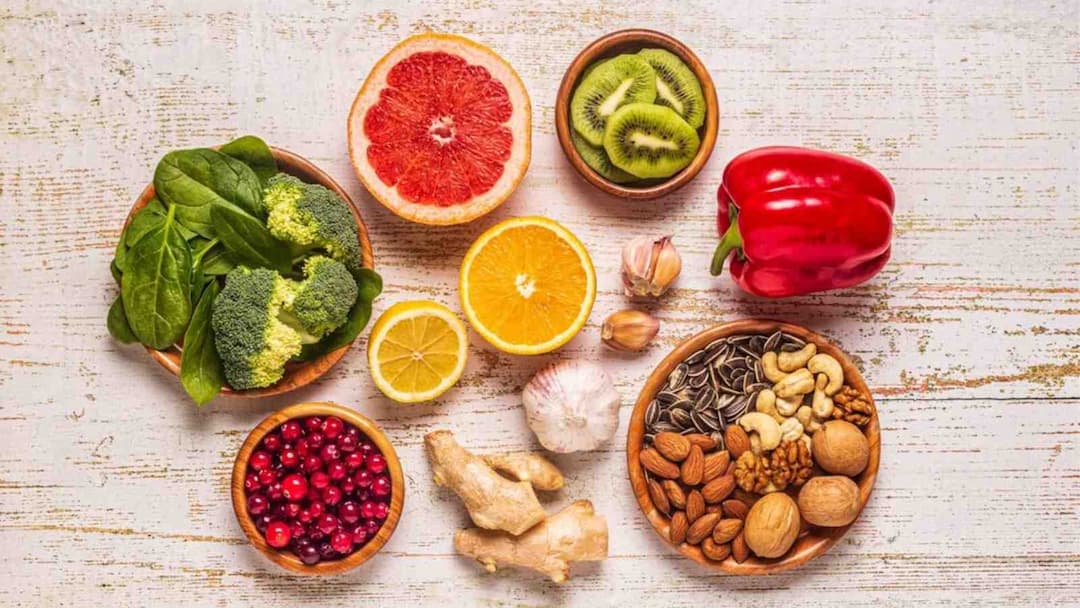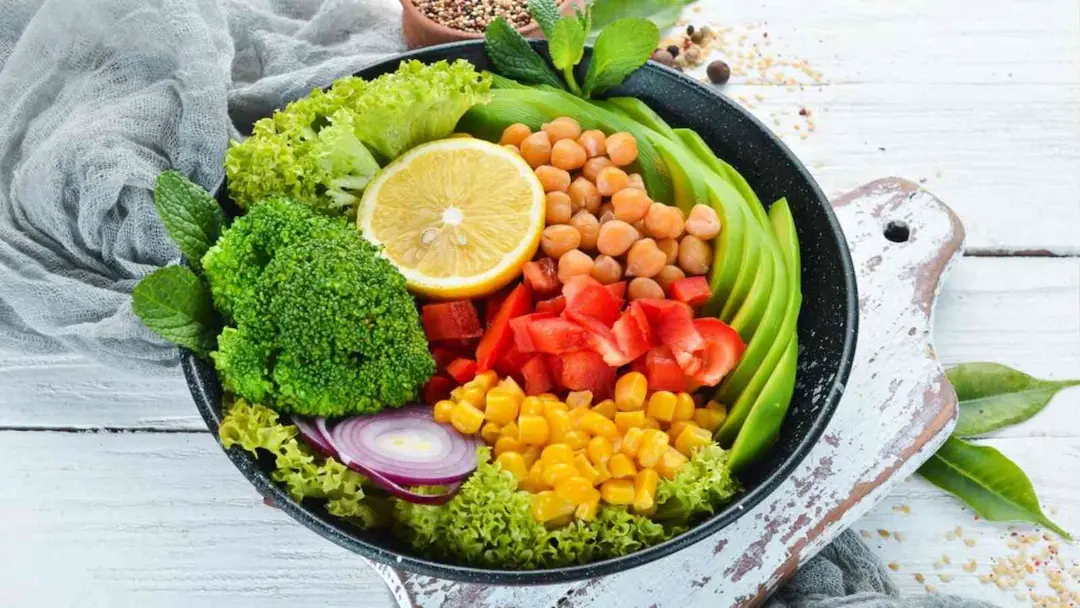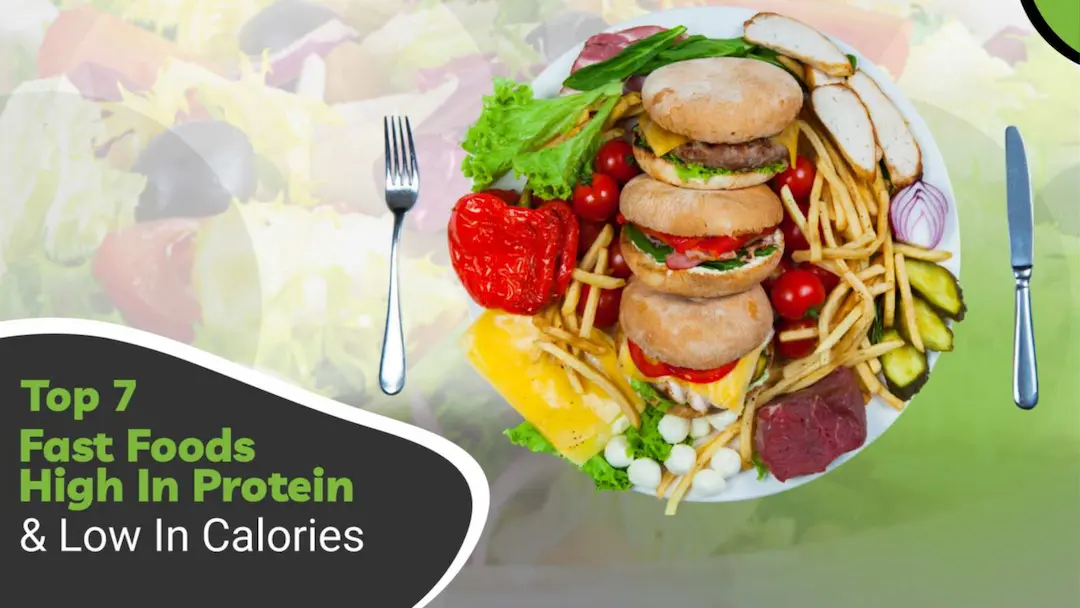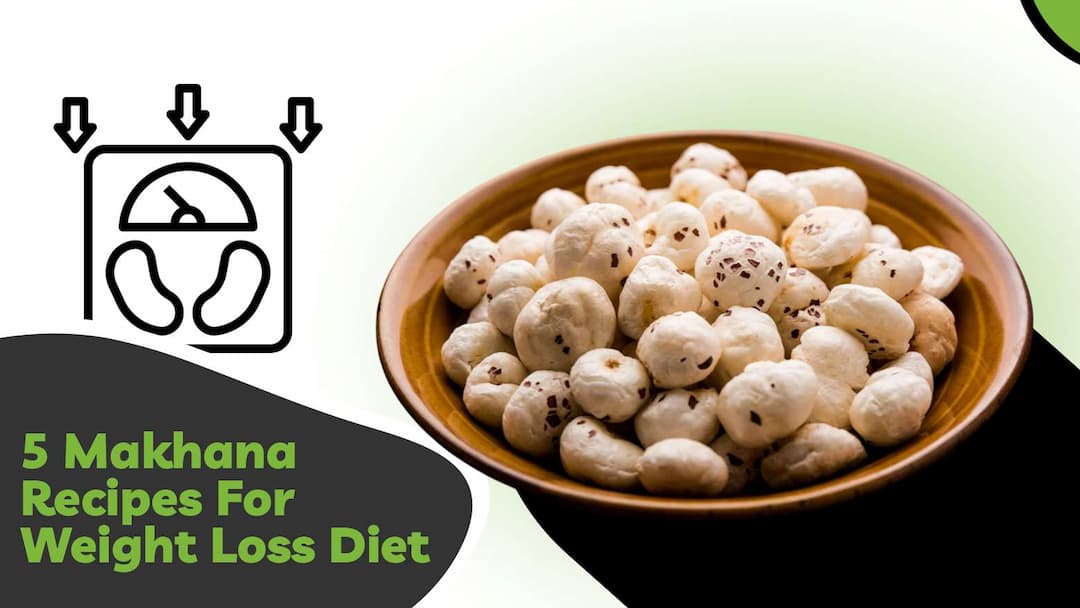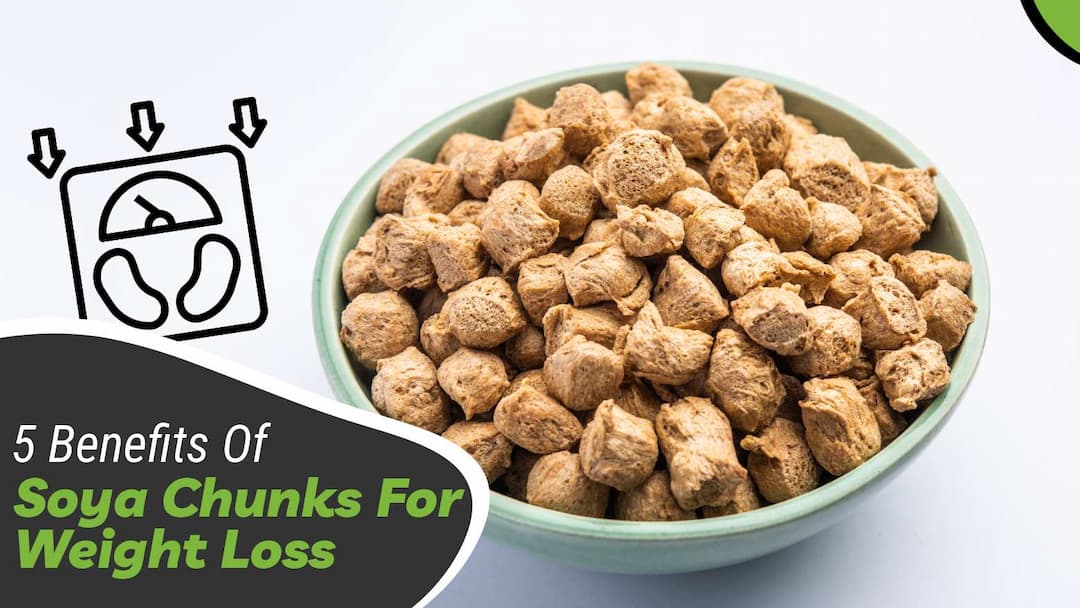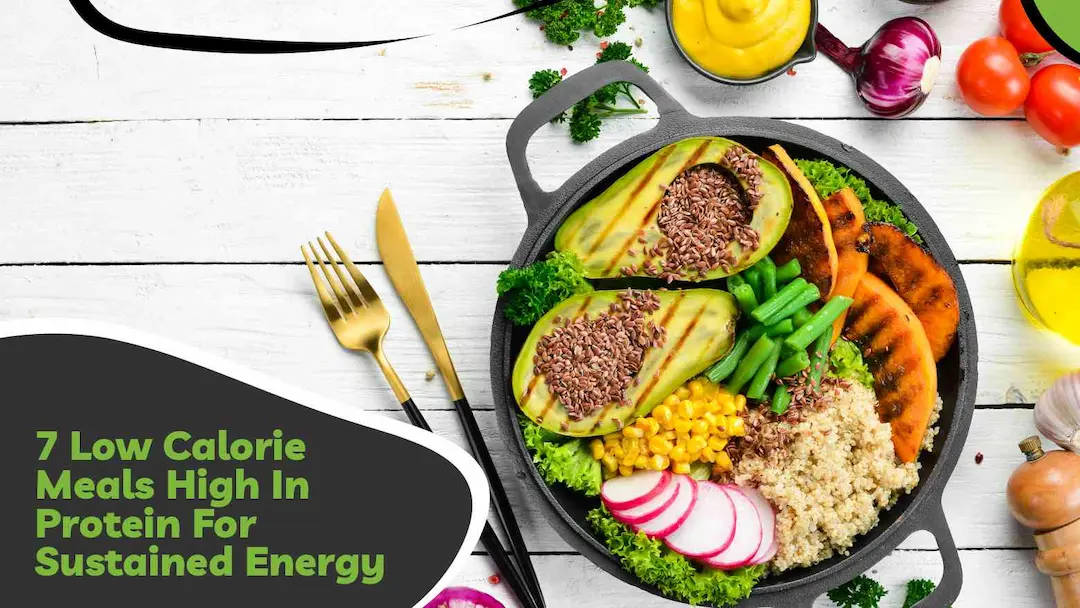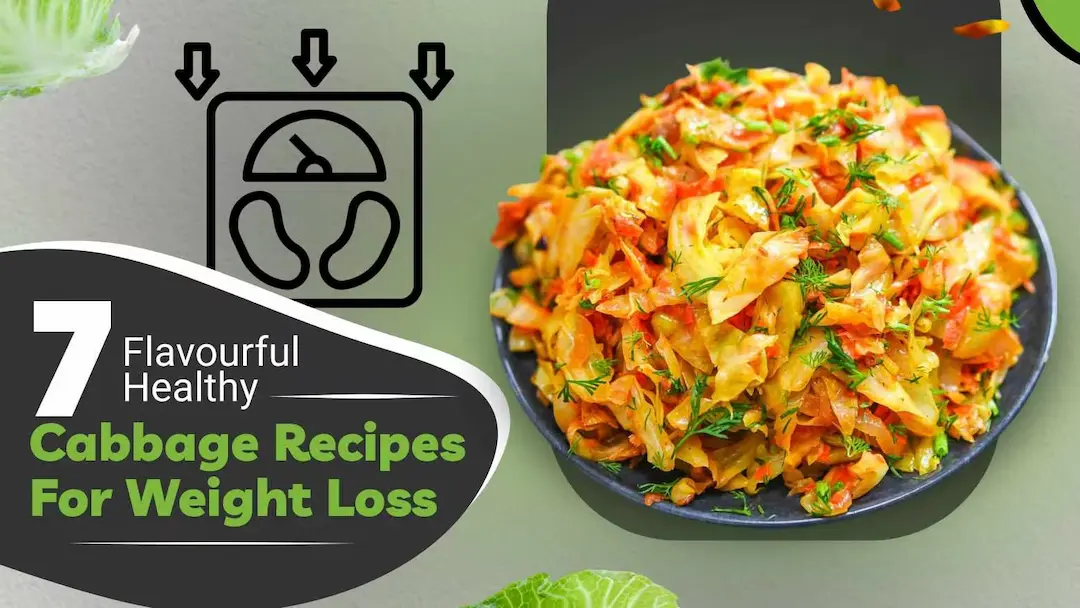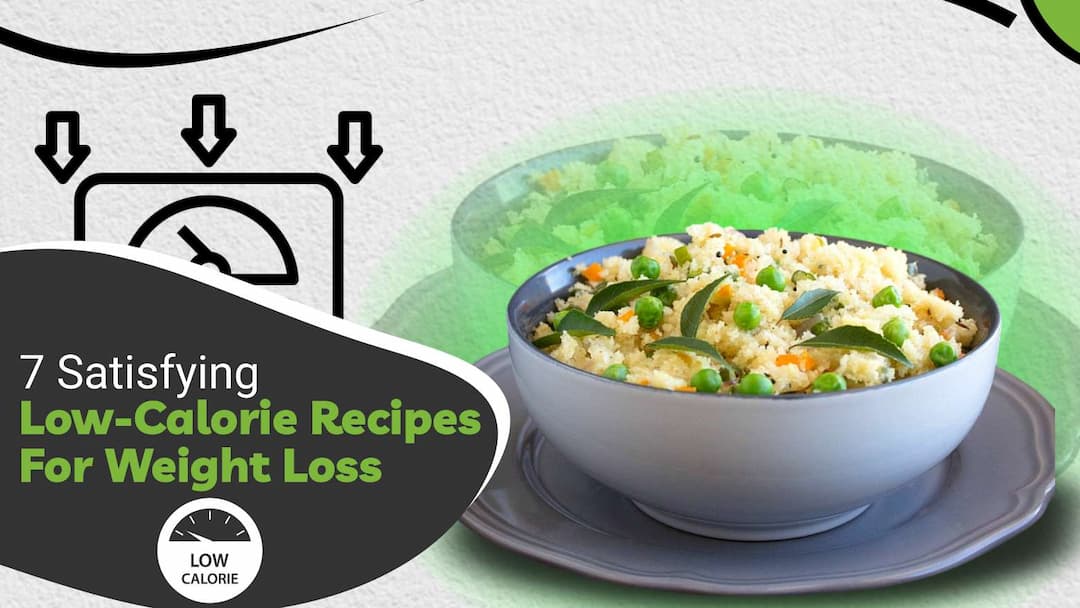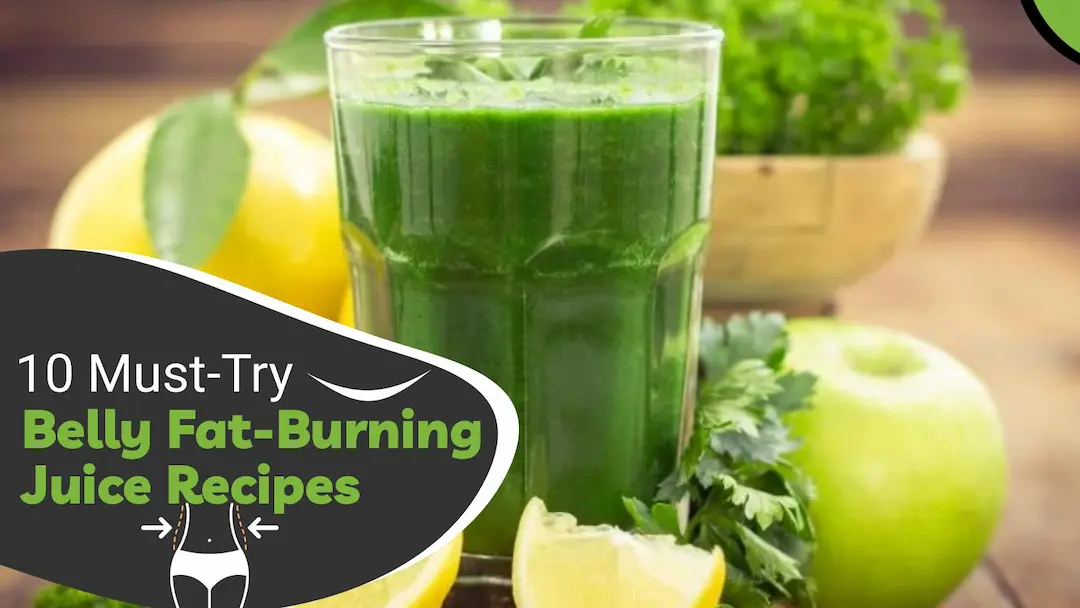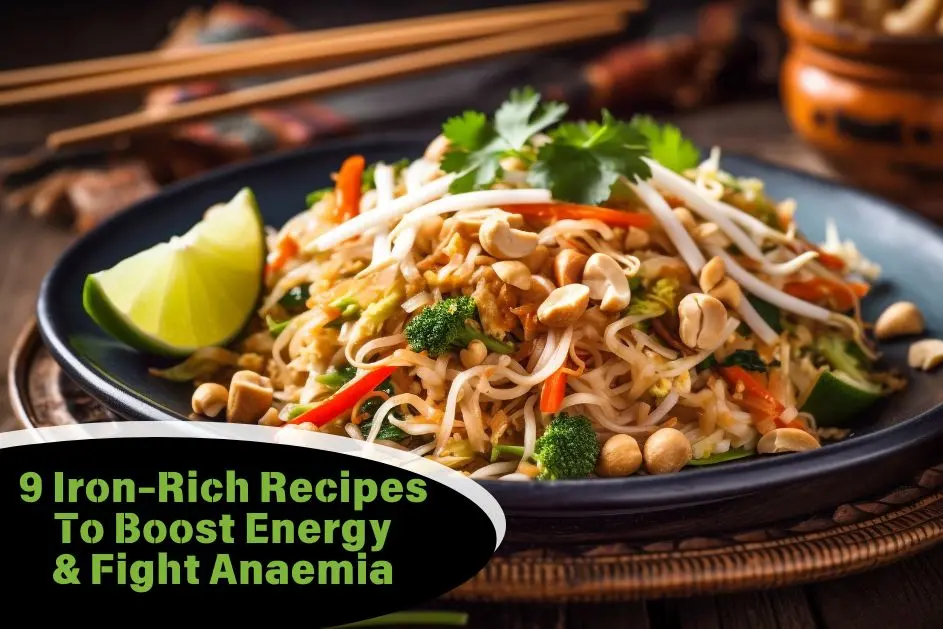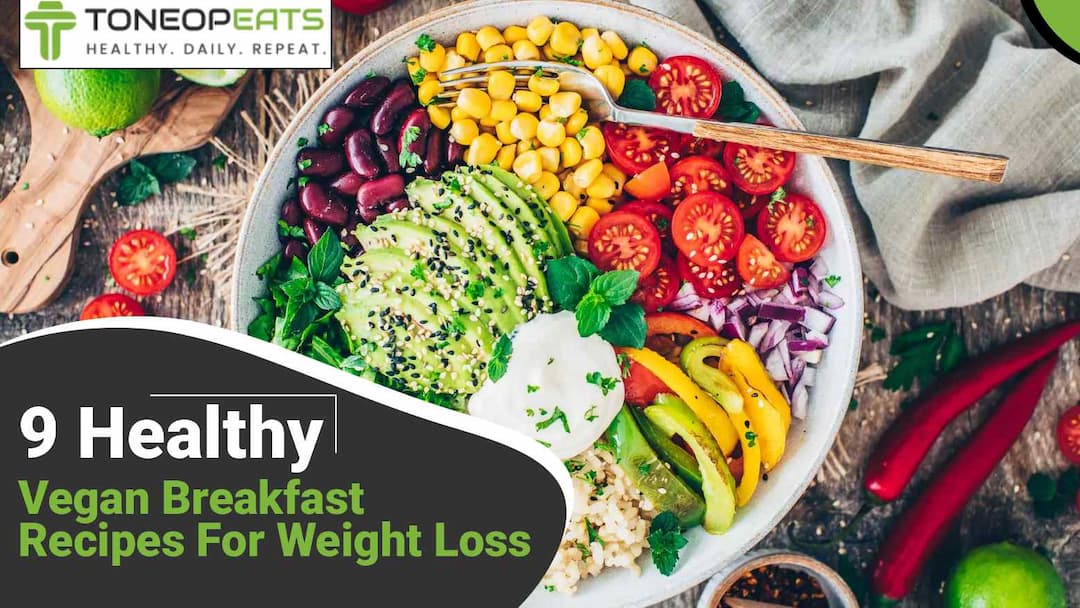Every weight loss journey begins with consolidating a consistent diet plan, and every solid diet plan is incomplete without vegetables. Before you wrinkle that nose—because hey, veggies… yeah, the bland, the boring, the begrudging veggies—hold up!
Many people worry that sticking to veggies means endless boiled salads, but that’s a myth we’re here to bust! In fact, diet vegetables for weight loss can be just as tasty and exciting as any meal once you learn how to season and cook them.
In this guide, we’ll spotlight 13 top vegetables (all commonly available in India) that are perfect for slimming down, and we’ll share tips on how to use them. You’ll see that vibrant, flavourful dishes – from spicy stir-fries to hearty soups – can feature diet vegetables for weight loss without being bland.
By the end of this article, you’ll feel motivated and convinced that adding crunchy salad greens or colourful veggie curries is fun and satisfying.
Table of Contents
- What Vegetables Are Good For Weight Loss? 13 Best Diet Vegetables For Weight Loss
- How To Lose 5 Kg in 7 Days Diet?
- Which Veg Food Is Good For Weight Loss?
- The Final Say
- FAQs
- References
What Vegetables Are Good For Weight Loss? 13 Best Diet Vegetables For Weight Loss
Here are the best diet veggies for weight loss:
1. Spinach (Palak)
Spinach is incredibly low in calories but high in dietary fibre, so you can eat large portions without piling on calories. This concentration-increasing food is also loaded with nutrients – vitamins A, C, K and iron – making it a nutritional powerhouse. The high fibre content means spinach adds bulk to meals and helps you feel full longer, which is why it’s one of the best diet vegetables for weight loss. Eat it raw in salads, blend it into smoothies or toss it into curries, soups or scrambled eggs for a green boost.
2. Cabbage
Cabbage is a classic weight-loss vegetable because it’s packed with fibre and almost no calories. One cup of chopped raw cabbage has only ~22 calories and over 2 grams of fibre. It is also rich in vitamin C and antioxidants that support health. Since cabbage is mostly water and fibre, you can enjoy big servings without feeling guilty. Use cabbage in crunchy coleslaw, hearty vegetable soups or stir-fries – it’s versatile and all great options for low-calorie meal delivery. Including diet vegetables for weight loss, like cabbage, in meals helps curb hunger and speed digestion.
3. Carrot (Gajar)
Carrots are a sweet, crunchy root vegetable that works well as a snack or side. They’re low in calories and high in fibre, which makes you feel satisfied on fewer calories. Carrots are also rich in beta-carotene (vitamin A), vitamin K and potassium. Because of their natural sweetness and crunch, carrots make a great base for raw salads, or you can roast or steam them in mixed vegetable dishes, or drink them to reap the ABC juice benefits. Think of carrot sticks with hummus or grated carrot in chutneys – these tasty ideas turn carrots into a fun diet vegetable for weight loss that keeps cravings at bay.
Also Read: Cucumber Nutrition Facts 100g: Benefits, Best Time to Eat and How to Include It In Diet
4. Tomatoes (Tamatar)
Though technically a fruit, ripe red tomatoes are eaten as vegetables and are ideal for weight loss. They are about 95% water and very low in calories – only ~18 kcal per 100g. Each tomato also provides fibre (around 1.2–1.5g) and plenty of vitamin C and potassium. The fibre and water content make tomatoes filling without fattening you. Add sliced tomatoes to salads, soups or curries, or cook them down into a spicy sauce – either way, they are a juicy way to bulk up meals. Including tomatoes as diet vegetables for weight loss (such as tomato-cucumber salad or tomato-based dal) is a tasty way to cut calories and hydrate.
5. Cauliflower (Phool Gobhi)
Cauliflower is a cruciferous vegetable that’s very low in calories (about 25 kcal per 100g) and high in fibre. Its neutral flavour means it absorbs spices and herbs well. Because of its bulk and crunch, cauliflower helps you feel full, so you eat less overall. It’s also rich in vitamins like C and K. You can eat cauliflower raw, but it shines as mashed “rice”, pizza crust, or in curries and soups. For example, riced cauliflower pilaf or cauliflower soup makes you feel like you’re eating a hearty dish without many calories. This versatility makes cauliflower a top diet vegetable for weight loss that keeps meals satisfying.
6. Broccoli (Hari Phool Gobhi)
Broccoli is another cruciferous veggie known as a nutritional powerhouse. It is low in calories but high in fibre, which makes it very filling. A single cup of broccoli (around 90g) has roughly 31 calories and over 2.5g of fibre. This food for high blood pressure also provides vitamins C, K and a bit of protein. The high fibre content helps control appetite and supports healthy digestion. Enjoy broccoli raw in salads, steamed with a squeeze of lemon, or roasted to bring out its nutty flavour. Because it keeps you full and helps control weight, broccoli earns its place among the best diet vegetables for weight loss.
7. Bitter Gourd (Karela)
Bitter gourd (karela) is unusual, but its bitterness packs a weight-loss punch. It’s very low in calories (about 17–34 kcal per 100g) and surprisingly rich in fibre. Studies suggest compounds in bitter melon may boost metabolism and help reduce body fat. The high fibre helps you feel full and controls blood sugar spikes. In Indian cuisine, it’s often stir-fried, stuffed or added to curries – these preparations make it more palatable. Including bitter gourd in your diet of vegetables for a weight loss regime adds variety and may give your metabolism a little boost. Try making a bitter gourd stir-fry or juice to incorporate its benefits.
8. Okra (Bhindi)
Okra pods are very high in fibre and low in calories. One cup of raw okra (100g) has only about 33 calories but contains around 3.2g of fibre. This high-fibre, low-calorie diet food keeps your gut healthy and leaves you feeling full. Okra is also a good source of vitamins C and K. It is commonly cooked in Indian sabzis, stewed in gumbo, or even eaten raw with dip. A simple okra and tomato curry or an okra stir-fry adds bulk to meals with very few calories. As a result, okra is considered a great diet vegetable for weight loss – it “fills you up fast” so you naturally eat less.
9. Fenugreek Leaves (Methi)
Fenugreek leaves are not just flavourful – they’re highly fibrous. Fenugreek (methi) is packed with dietary fibre, which slows digestion and promotes a sense of fullness. This means you tend to eat fewer calories overall. In fact, studies note that because fenugreek is so satiating, it helps control cravings and prevents overeating. Use fresh methi leaves in stir-fries, lentils or parathas, or sprinkle dried fenugreek in curries. Either way, you’re getting those filling fibres. Fenugreek often earns a spot in diet vegetables for weight loss tips because of its appetite-control benefits.
10. Drumstick (Moringa)
Drumstick tree pods (sabji ki bhindi) are a traditional ingredient in South Indian cooking. They are very low in calories and contain vitamins C, A and some B vitamins. Drumstick pods and leaves are nutrient-dense. Some animal studies have found that moringa (the plant behind drumsticks) helped reduce body fat and weight, although human evidence is limited.
Regardless, adding drumsticks to soups or sambar boosts fibre and micronutrients. Try simmering drumsticks in dal or curry. You can also try ToneOp Care’s Moringa Leaf Powder in your meals. The fibrous texture makes it filling without many calories. This makes drumsticks a smart diet vegetable for weight loss, especially in the context of a balanced Indian diet.
11. Bottle Gourd (Lauki)
Bottle gourd (lauki) is about 96% water, extremely low in calories (around 12 kcal per 100g) and high in fibre. It’s often called a weight-loss wonder in Ayurvedic tradition. Since it’s mostly water and fibre, you can eat a big serving of lauki curry or soup without consuming many calories – it truly is a “filling” vegetable. Bottle gourd also contains vitamin C and minerals. Because of its gentle flavour, lauki pairs well with spices and herbs. Sipping lauki juice or eating lauki sabzi lets you load up on diet vegetables for weight loss that help keep you hydrated and full between meals.
12. French Beans (Green Beans)
French beans are low-calorie and loaded with nutrients. While a cup of green beans has only about 30 calories, it delivers plenty of vitamins, antioxidants and fibre. The soluble fibre in beans forms a gel that slows digestion, helping to stabilise blood sugar and keep you satisfied. Use them in fibre-rich food recipes like salads, curries or stir-fries. For example, a mixed veg stir-fry with beans, carrots and peas is a colourful, crunchy meal. Because green beans are filling and nutrient-rich, they are an excellent diet vegetable for weight loss that supports heart and gut health as well.
13. Bell Peppers (Capsicum)
Bell peppers (Shimla mirch) come in red, yellow, green or orange – and they’re all very low in calories and high in vitamin C. About 100g of chopped bell pepper has only 26 calories and over 2g of fibre. They add sweet or tangy crunch to dishes. Use them raw in salads and wraps, or cook them in stir-fries, curries and fajitas. The high fibre keeps you full, and the bright colours mean you’re getting antioxidants too. Adding bell peppers makes meals more appealing, and their low-calorie bulk earns them a spot among the top diet vegetables for weight loss.
How To Lose 5 Kg in 7 Days Diet?
To achieve rapid results, pack each meal with a rainbow of veggies and lean proteins. Make diet vegetables for weight loss the star of every plate in your 7-day plan: at least one or two servings of non-starchy vegetables at each meal, plus healthy fats and some protein. Here’s a sample weekly menu:
Day 1:
Meal Time | Suggested Meal |
| Breakfast | Vegetable oats porridge (rolled oats cooked with spinach, carrot and peas) + a cup of green tea |
| Mid-morning | 1 apple or banana |
| Lunch | 2 chapatis with mixed vegetable curry (cabbage, beans, carrot) + cucumber-tomato salad |
| Evening Snack | Handful of sprouts chaat (sprouted beans with chopped tomato, onion, lemon) + herbal tea |
| Dinner | Grilled fish (or chicken breast) + stir-fry broccoli, bell peppers and onions |
Day 2:
Meal Time | Suggested Meal |
| Breakfast | Vegetable poha (flattened rice with peas, carrot, capsicum) + mint coriander chutney + green tea |
| Mid-morning | A bowl of papaya cubes |
| Lunch | 2 jowar/bajra roti + bottle gourd (lauki) curry + green chutney |
| Evening Snack | Carrot and cucumber sticks with a tablespoon of hummus |
| Dinner | Chicken or paneer tikka salad (grilled inyoghurt-spicee marinade) + green salad |
Day 3:
Meal Time | Suggested Meal |
| Breakfast | Scrambled egg whites with spinach & tomato + herbal tea |
| Mid-morning | Low-fat yoghurt (dahi) with a pinch of roasted cumin |
| Lunch | Brown rice pulao loaded with vegetables (beans, carrots, peas) + cucumber raita |
| Evening Snack | Tomato soup (homemade) and a small slice of whole-grain bread |
| Dinner | Grilled tofu or chicken salad with mixed greens, tomatoes and cucumber |
Day 4:
Meal Time | Suggested Meal |
| Breakfast | Rava upma with mixed veggies (onion, beans, carrot) + lemon juice |
| Mid-morning | Green smoothie (spinach, cucumber, mint, low-fat milk) |
| Lunch | Dal (lentil soup) + 2 millet rotis + carrot and beetroot salad |
| Evening Snack | A boiled egg and 1 cup of green tea |
| Dinner | Clear vegetable soup (broccoli, cauliflower, spinach) + grilled chicken breast |
Day 5:
Meal Time | Suggested Meal |
| Breakfast | 2 idlis with vegetable sambar + coconut chutney |
| Mid-morning | A handful of almonds or walnuts |
| Lunch | Mixed vegetable salad (lettuce, tomato, bell pepper, carrots) + chickpea curry (chana masala) |
| Evening Snack | Roasted lotus seeds (makhana) + mint lemon water |
| Dinner | Palak paneer (spinach and paneer curry) + 1 whole-wheat chapati |
Day 6:
Meal Time | Suggested Meal |
| Breakfast | Vegetable oats/chilla (savoury pancake with veggies) + coriander chutney |
| Mid-morning | 1 orange or 1 cup of watermelon |
| Lunch | Grilled fish or baked tofu + sautéed green beans, carrots and zucchini |
| Evening Snack | Sprouted moong bean salad (with tomatoes, onions, coriander) |
| Dinner | Vegetable stir-fry (capsicum, broccoli, mushroom) + a small portion of quinoa or millet |
Day 7:
Meal Time | Suggested Meal |
| Breakfast | Masala omelette (2 eggs with spinach and onions) + a cup of chai |
| Mid-morning | 1 pear or 1 cup papaya |
| Lunch | 2 chapatis + vegetable korma (eggplant, capsicum, peas) + mixed salad |
| Evening Snack | Curd yoghurtt) with sliced cucumber and mint |
| Dinner | Tomato soup + grilled paneer kebabs or chicken tikka |
(These plans emphasise vegetables at every meal. Remember to drink plenty of water and green tea, and get moderate exercise. Such rapid weight loss is aggressive, so always prioritise safety and consult a dietitian if needed.)
Also Read: 9 Best Fruit Juices for Hair Growth — Your Secret To Long, Strong And Shinnier Hair!
Which Veg Food Is Good For Weight Loss?
For more meal ideas, try these 10 veggie-packed recipes (Indian and global), each one full of nutrients and fibre:
- Mixed Vegetable Stir-Fry: A colourful medley of broccoli, carrots, beans and bell peppers tossed in a little olive oil and garlic – high in fibre and antioxidants, this flavourful dish keeps you full and satisfied.
- Chickpea Curry (Chana Masala): Protein-rich chickpeas cooked with tomatoes, ginger, garlic and spices. This hearty curry has plenty of fibre and tastes great with a side of salad or light roti.
- Palak Paneer (Spinach Curry): Creamy spinach and paneer (cottage cheese) curry. Spinach is a leafy diet vegetable for weight loss, packed with nutrients and fibre, while paneer adds protein – perfect for a filling vegetarian meal.
- Dal Soup (Lentil Soup): A warming bowl of spiced lentil soup loaded with vegetables (tomato, carrot, spinach). Lentils are high-protein and high-fibre, so a bowl of dal can satisfy hunger on a low calorie count.
- Quinoa & Veg Salad: Nutty quinoa tossed with chopped vegetables (cucumber, tomato, bell pepper) and a splash of lemon. This protein- and fibre-rich salad is light but filling – ideal for lunch or dinner.
- Mediterranean Buddha Bowl: A bowl of mixed greens, cherry tomatoes, cucumbers, olives, avocado, beans and a drizzle of olive oil. Rich in vitamins and healthy fats, this hearty bowl is low in calories but packed with flavour.
- Roasted Veggie & Tofu Traybake: Bell peppers, zucchini, broccoli and onions roasted with cubes of tofu and herbs. Roasting brings out sweetness, and the meal offers lean protein from tofu plus loads of fibrous veg.
- Veggie Sushi Rolls (Global): Nori sheets filled with sushi rice, strips of carrot, cucumber, avocado and daikon. These hand-rolled delights are fun to eat, and each bite is loaded with fibre and nutrients.
- Mixed Vegetable Pulao: Fragrant rice-curry made with peas, carrots, beans and spices. This one-pot rice dish uses lots of vegetables for volume and flavour, making it a satisfying lower-fat alternative to fried rice.
- Hummus & Veggie Wrap: Whole-wheat wrap spread with hummus and filled with cucumber, lettuce, carrot, and tomato. Each bite is crunchy and tasty; the hummus adds protein while the veggies contribute fibre, making it a great on-the-go meal.
The Final Say
These recipes and tips show that diet vegetables for weight loss can be delicious and varied, not boring at all. To get results, make vegetables the foundation of your meals and set realistic goals (losing 0.5–1kg per week is safer and more sustainable). Stay consistent by mixing up your veggie choices and cooking styles – from colourful salads to hearty soups – so you never get bored.
Remember to combine your veggie-rich diet with regular exercise and plenty of water. Above all, be patient with yourself. Adding these nutritious vegetables daily will help you build healthy habits, boost your metabolism, and gradually shed weight. Stick with it, celebrate small victories, and before long, you’ll see that healthy eating, packed with vegetables, is the key to looking and feeling your best.
FAQs
1. What is the 7-day challenge diet?
The 7-day challenge diet, often called the GM diet, divides each day into specific food groups to promote weight loss, encouraging high water intake and consumption of fruits, vegetables, and brown rice on certain days. It includes a special “GM Wonder Soup” made from cabbage, celery, tomatoes, onions, and bell peppers, and recommends limiting exercise during the first three days. The diet aims to create a calorie deficit by focusing on low-calorie, nutrient-rich foods to support rapid weight loss.
2. Which vegetables reduce belly fat?
Vegetables like spinach, winter melon, cauliflower, carrots, bitter melon, and cucumbers are known to help reduce belly fat. These vegetables are low in calories, high in fibre and rich in nutrients that promote fullness and regulate blood sugar, aiding fat loss around the waist. Including them regularly in your meals can support a slimmer waistline.
3. What vegetable burns fat the fastest?
Spinach is one of the fastest fat-burning vegetables due to its low calorie and high fibre content, which helps reduce hunger and cravings. Additionally, bitter melon is effective for fat loss as it regulates insulin and boosts liver function, aiding in belly fat reduction. Both vegetables support metabolism and help burn fat efficiently when included in a balanced diet.
References
- https://www.eatforhealth.gov.au/food-essentials/five-food-groups/vegetables-and-legumes-beans
- https://pmc.ncbi.nlm.nih.gov/articles/PMC6266069/
- https://www.cdc.gov/healthy-weight-growth/healthy-eating/fruits-vegetables.html
- https://www.betterhealth.vic.gov.au/health/healthyliving/fruit-and-vegetables
- https://nutritionsource.hsph.harvard.edu/what-should-you-eat/vegetables-and-fruits/
About ToneOp Eats
ToneOp Eats is your go-to health kitchen, delivering nourishing meals in Bhopal, Indore & Bangalore. The meals are prepared with strategically planned nutrition and portions for your health goal. With just three simple steps, you can subscribe to a meal plan for weight loss, muscle gain, or balanced diet goals. Experience the perfect blend of taste and wellness in our nutrient-dense and calorie-counted range of meals, including protein-rich grills and meal bowls, full of fibre salads & smoothies, workout-friendly protein 30,40,50 meals and refreshing juices!








